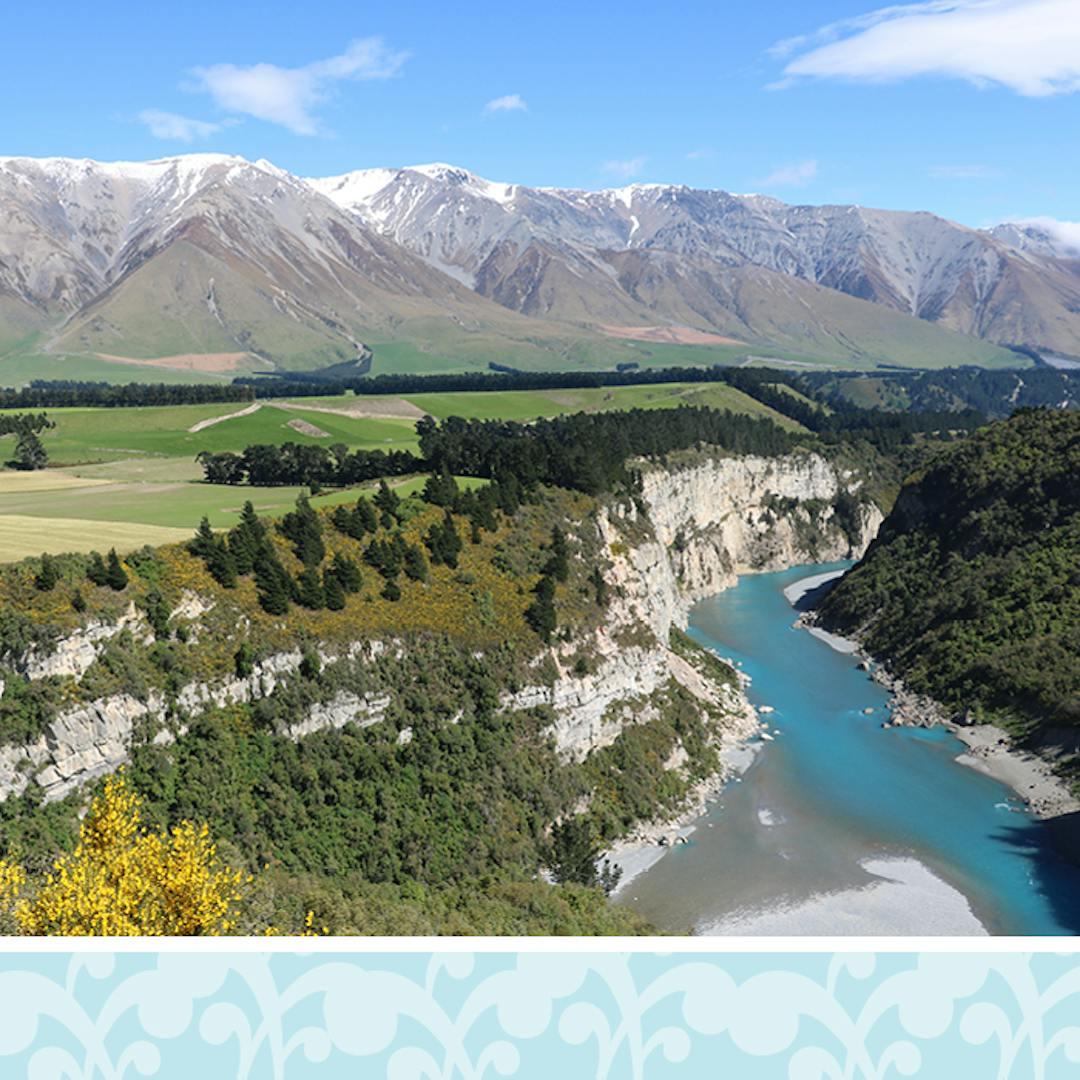District-wide matter: Sites and areas of cultural significance
Consultation has concluded

District Plan Review consultation now closed.
Initial public consultation on key draft changes to the current Selwyn District Plan's rules for sites and areas of cultural significance closed on Tuesdat 23 October 2018. Thank you to everyone who let us know what they thought of the review so far.
What’s next?
Following this initial public consultation on the District Plan Review, the Council will consider all feedback and start developing detailed provisions for the Proposed District Plan. Please note that a summary report on the initial public consultation will be made available on Your Say Selwyn website at www.selwyn.govt.nz/districtplanreview.
It’s expected the Proposed District Plan will be notified in early 2020 for formal public consultation. The longer timeframe is due to the local government elections at the end of 2019 and ensuring the newly elected Council endorses the Proposed District Plan before it gets notified.
We want to know what you think about the draft changes to sites and areas of cultural significance related rules and policies in the current District Plan. These draft changes have been endorsed by the Selwyn District Council for further development as part of its District Plan Review.
How can I have a say?
To give us your feedback on the draft changes , you can:
- participate in our survey or ask us a question
- contact us directly via email districtplanreview@selwyn.govt.nz or call (03) 347 1856 .
There will be many consultation opportunities for feedback at different stages of the District Plan Review and this is the first such opportunity. It’s expected that the new District Plan will be notified in early 2020 and be fully in place, subject to any Environment Court appeals, in March 2022.
Background
Sites and areas of cultural significance in the current District Plan
Ngāi Tahu are Tāngata Whenua of the Canterbury region and hold ancestral and contemporary relationship with Canterbury.
Councils have specific statutory requirements to provide for the relationship with Māori and their customs and traditions with their ancestral land, water, sites, wāhi tapu and other taonga. For our region the Canterbury Regional Policy Statement clearly sets out the need for local authorities to engage with Ngāi Tahu and Papatipu Rūnanga to identify and protect historic heritage and cultural landscapes from inappropriate development activities, including subdivision.
Wāhi tapu and wāhi taonga are defined in the current District Plan as “...sacred places, which are held in reverence according to tribal custom…” Examples of such sites and areas include tauranga waka (canoe landing sites), waiwhakaheketupapaku or urupū (burial sites) and tuhituhi o nehera (rock drawing sites).
The current District Plan’s approach to the identification and management of sites and areas of cultural significance is based on the following four cultural landscape categories:
- Wāhi Taonga Site: includes any land, building or structure listed in the District Plan (Appendix 5) and shown on planning maps
- Wāhi Taonga Management Area: includes any land, building or structure listed in the District Plan (Appendix 5) and shown on planning maps
- Mahinga Kai Site: includes any land listed in the District Plan (Appendix 5) and shown on planning maps
- Silent File Area: includes any land listed in the District Plan (Appendix 5) and shown on planning maps
- Key info
- Ask us a question
- Complete survey on draft changes to sites and areas of cultural significance related rules




